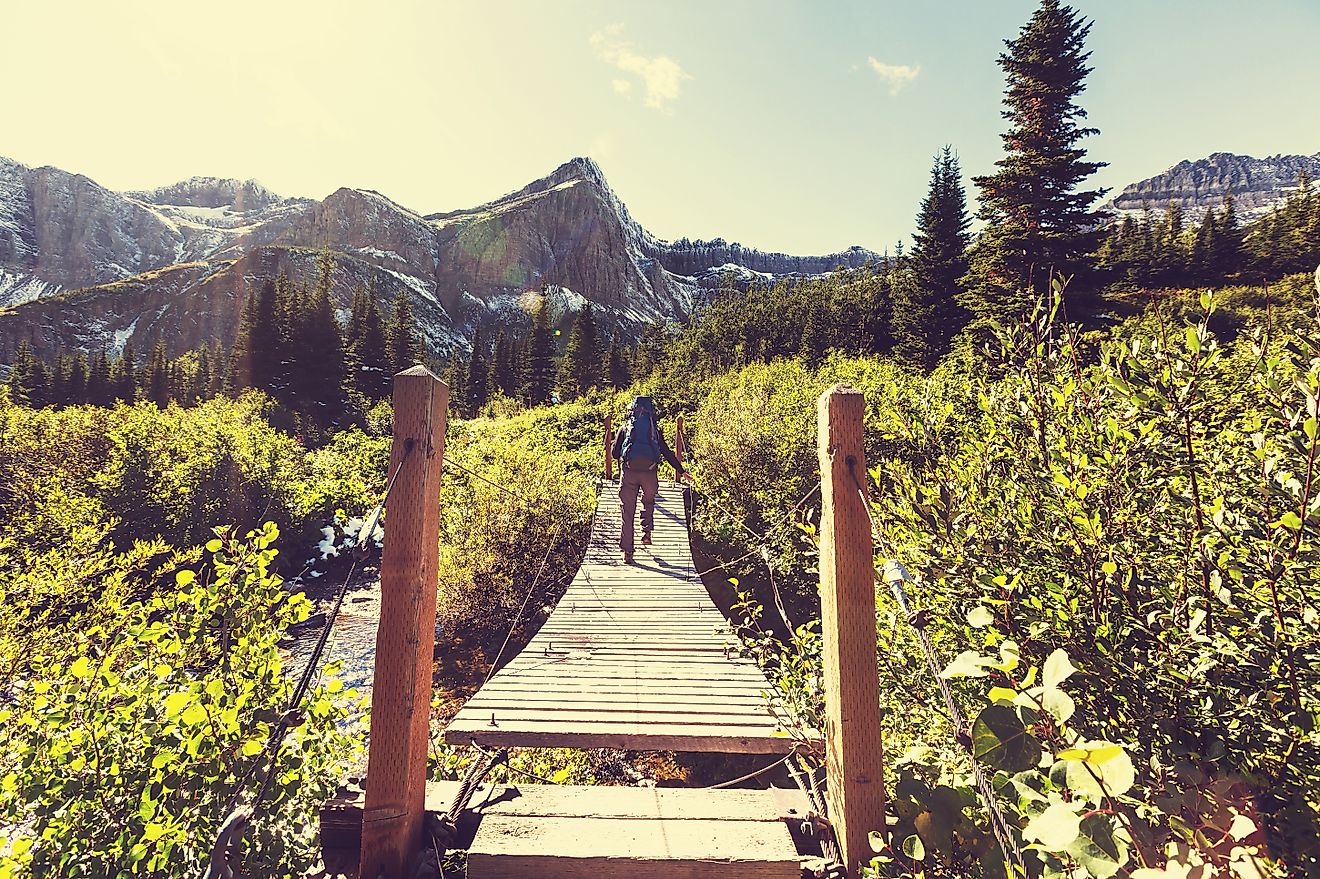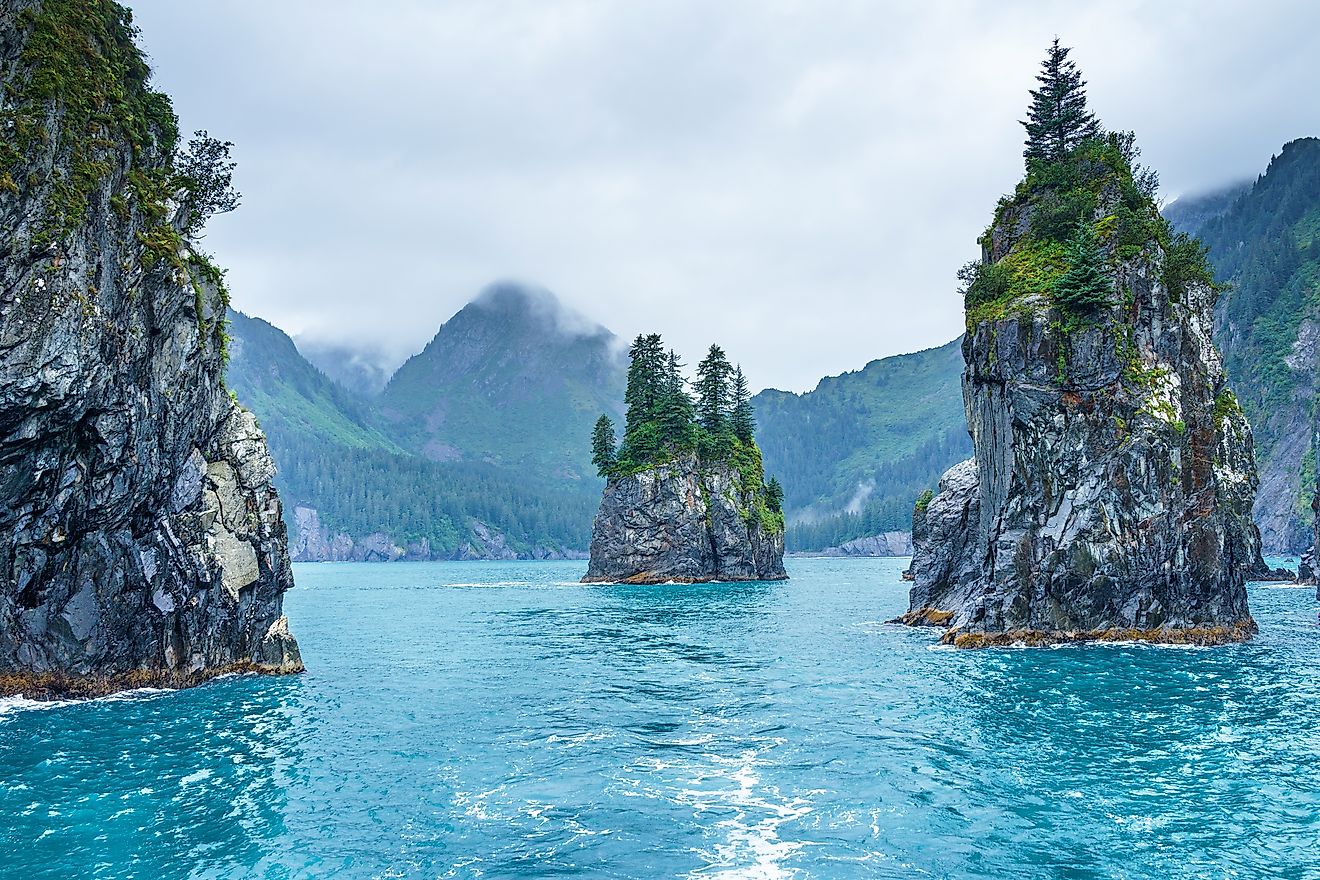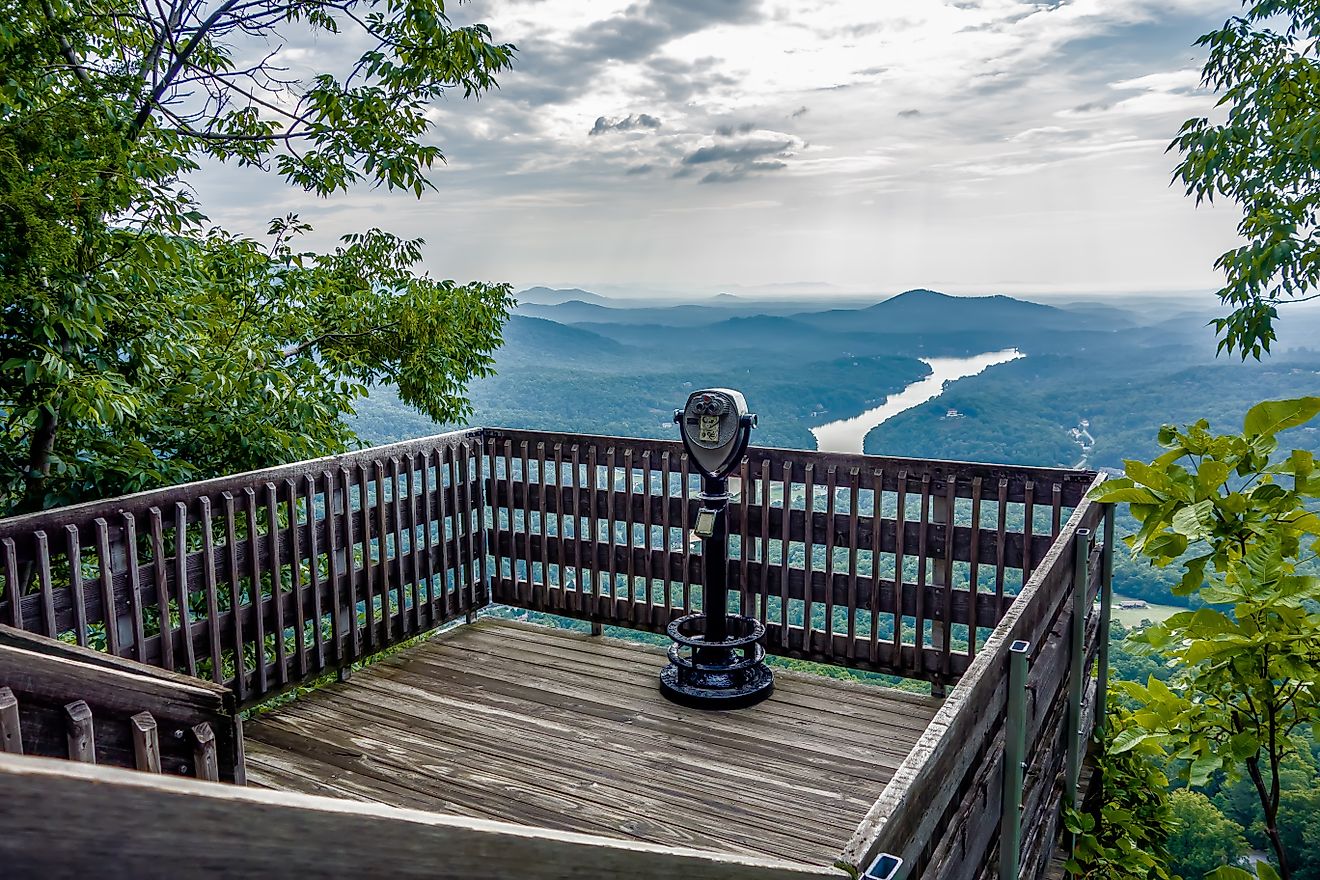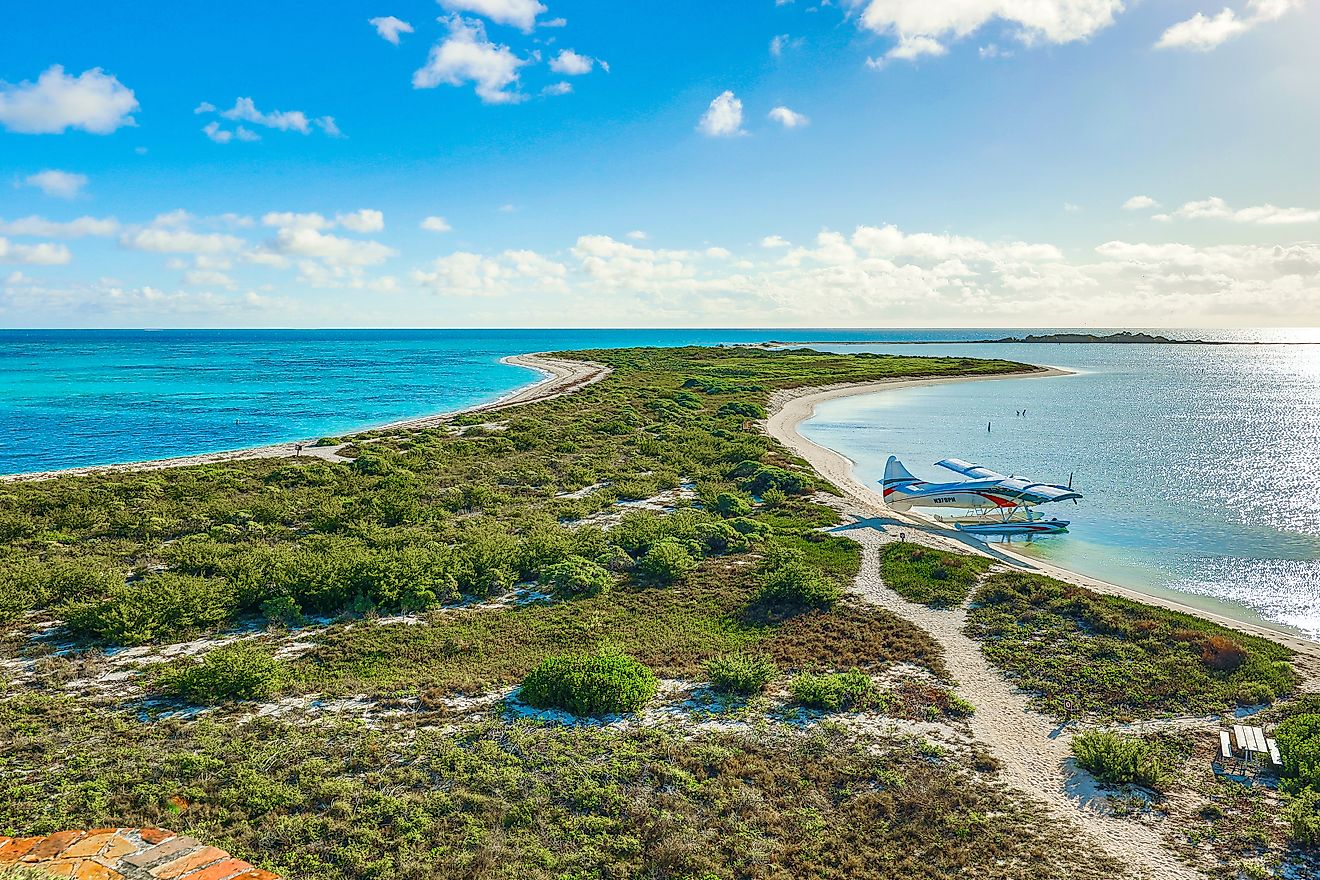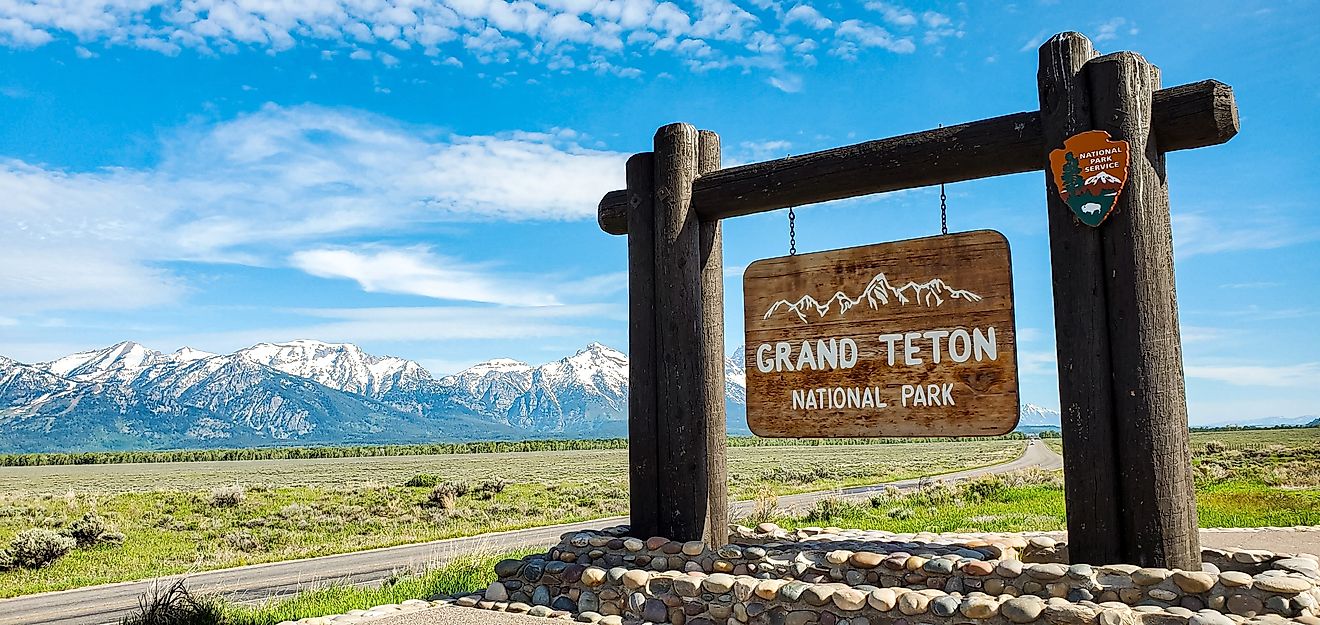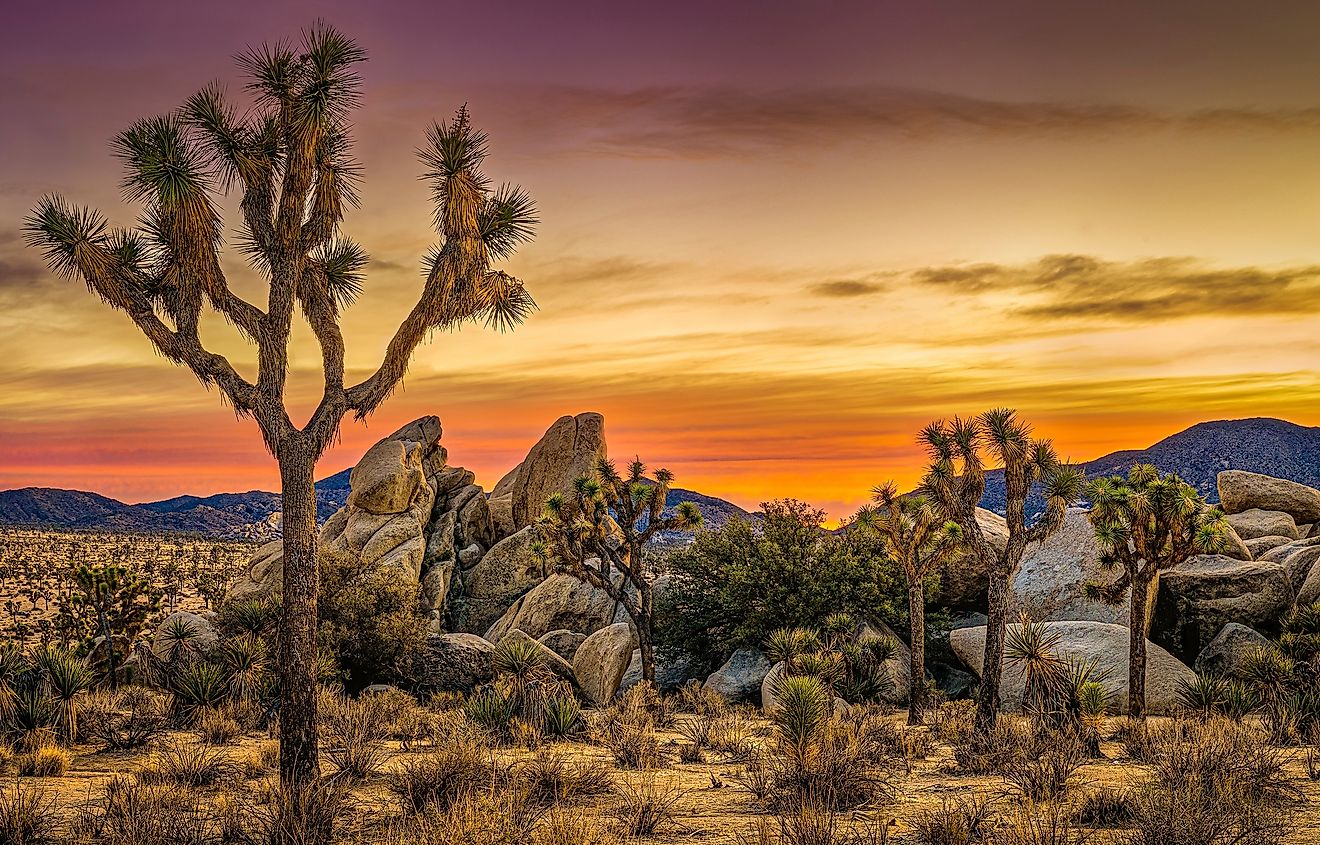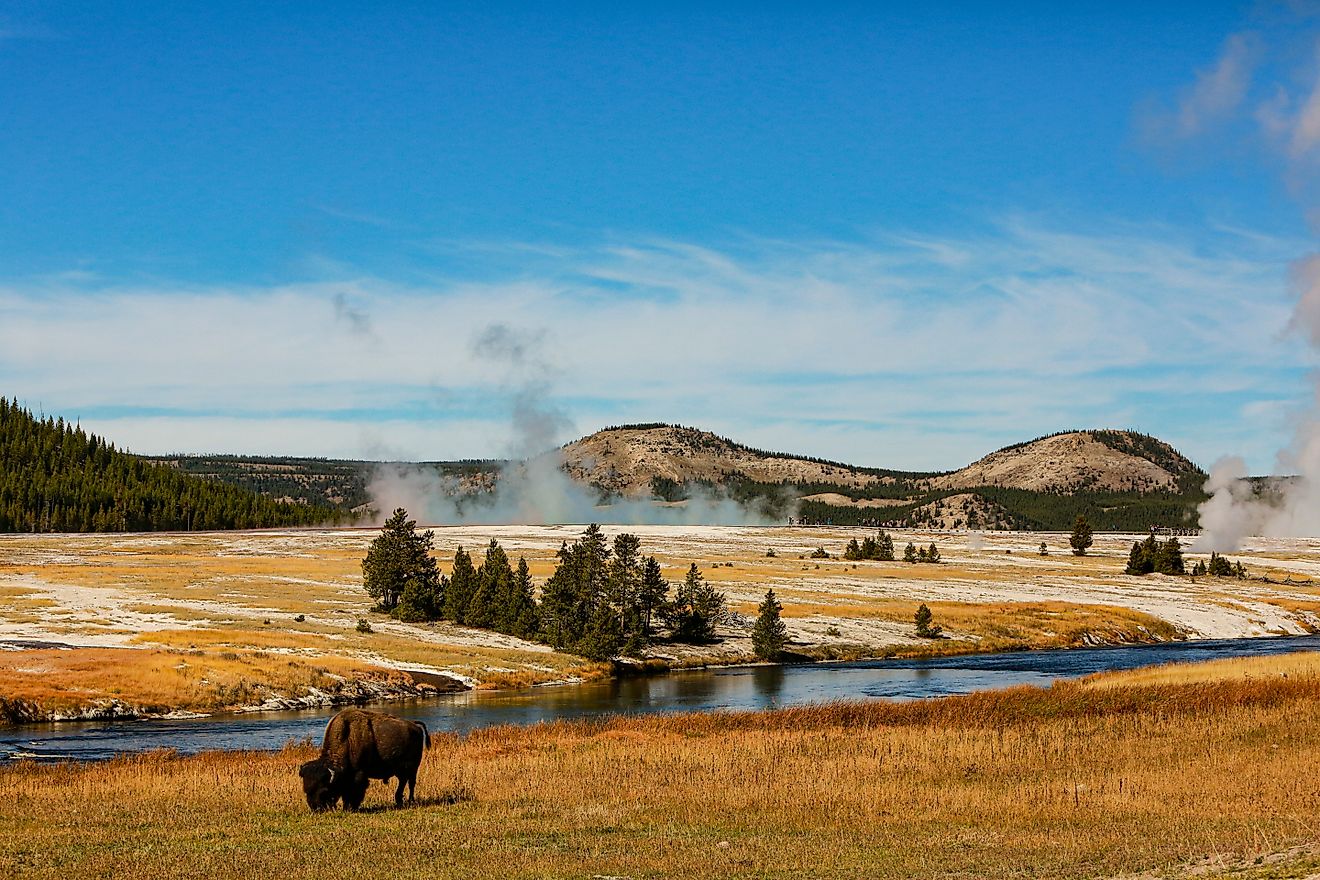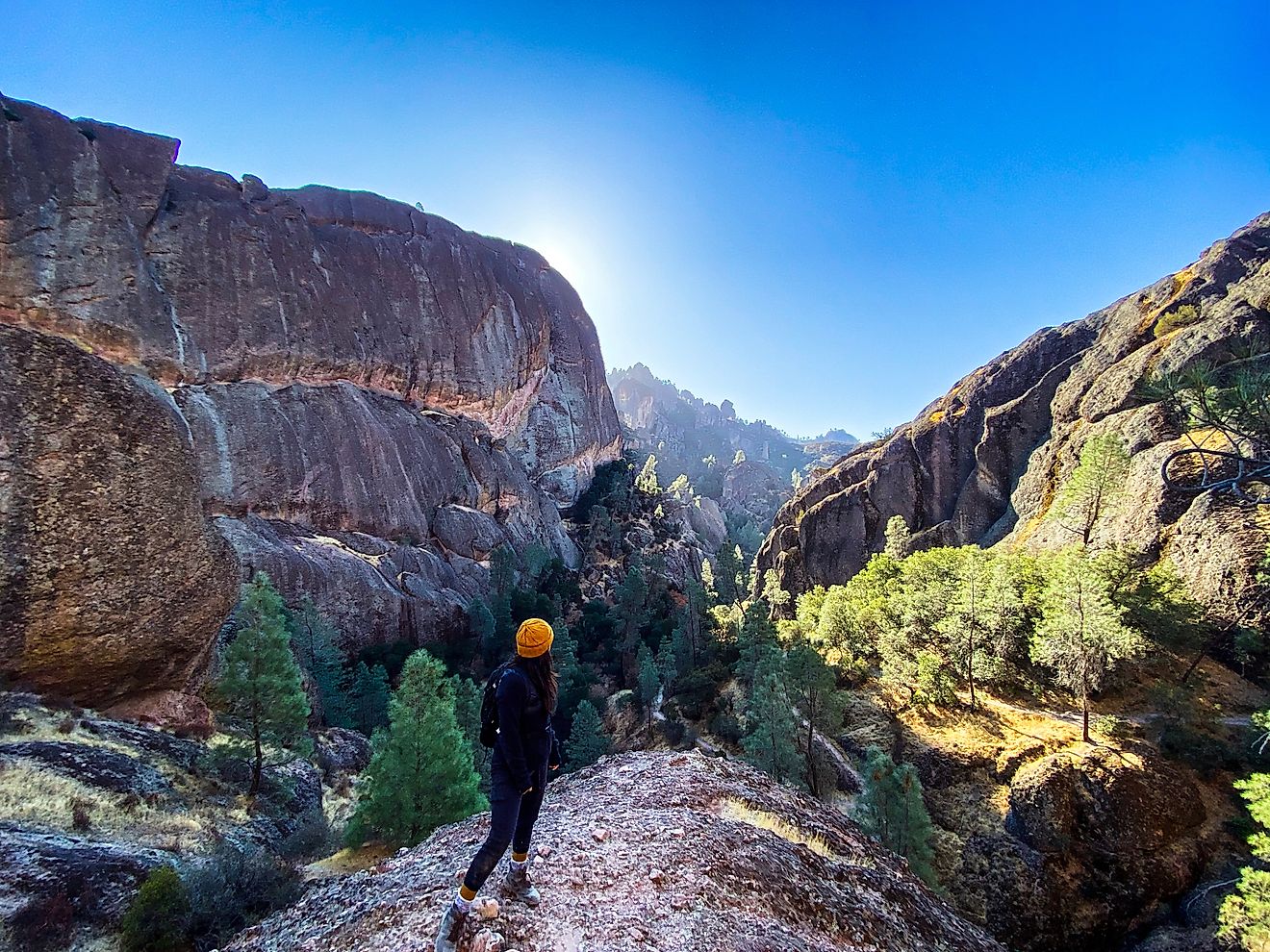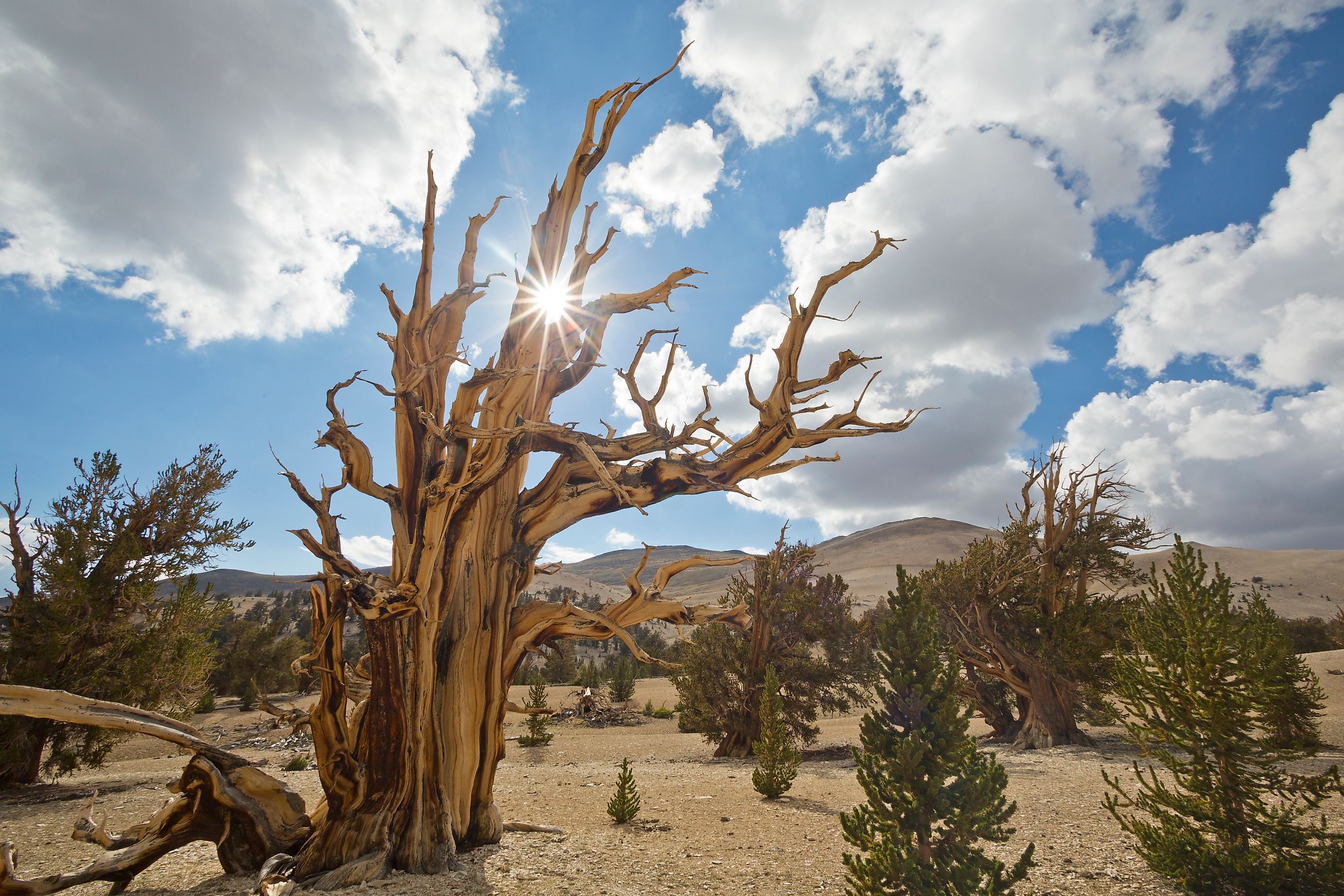
Inyo National Forest
Tucked into the eastern spine of California's Sierra Nevada, Inyo National Forest is a land of sharp contrasts, staggering heights, ancient trees, and wide-open skies. Covering more than 1.9 million acres, this immense forest is home to the highest peak in the lower 48 states, the oldest living trees on Earth, and one of the least wooded landscapes in the US Forest Service system.
Visitors drawn to Inyo National Forest come for its soaring summits, alpine lakes, volcanic geology, and solitude. The forest stretches from the eastern edge of Yosemite National Park all the way to the southern Sierra, crossing into parts of Nevada along the way. Within its boundaries, adventure seekers can summit Mount Whitney, explore ancient groves of bristlecone pine, or camp under stars rarely dimmed by light pollution.
A Forest Born from Water Rights

Inyo National Forest was officially established in 1907 by President Theodore Roosevelt, not primarily for its trees, but to protect the watershed connected to the Los Angeles Aqueduct. Much of the forest includes arid, high desert terrain of the Owens Valley, which made it uniquely suited for water diversion projects. Ironically, despite its size, Inyo is among the least forested national forests in the United States.
The name “Inyo” comes from a Native American term that translates to “dwelling place of the great spirit,” which fits the dramatic landscapes and spiritual stillness found throughout the region. The forest’s headquarters are located in Bishop, California, with additional ranger stations in Mammoth Lakes, Lee Vining, and Lone Pine.
Geographical Extremes
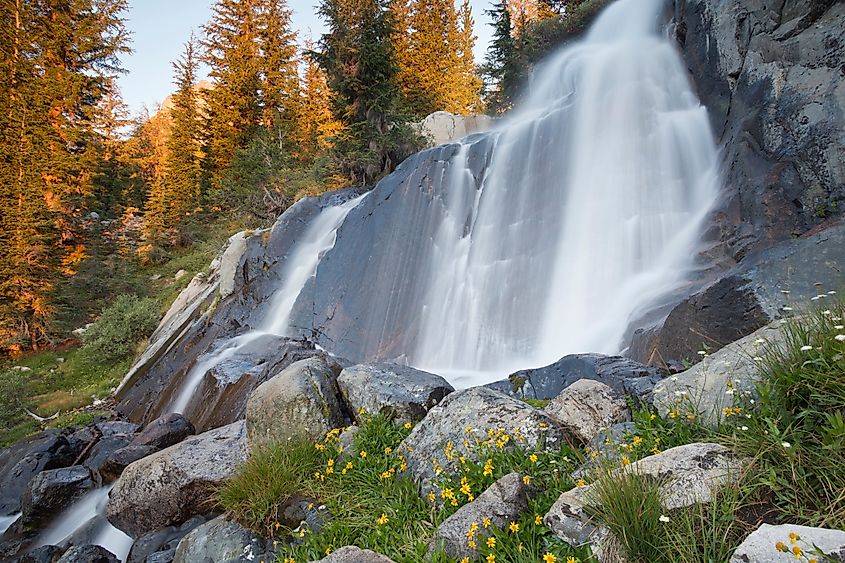
Inyo National Forest stretches across five California counties: Inyo, Mono, Tulare, Fresno, and Madera, and two counties in Nevada. It is geographically divided by the Long Valley Caldera and Owens Valley, resulting in two distinct zones of terrain. To the west, you’ll find alpine lakes, granite ridgelines, and dense pine forests. To the east, the stark Inyo and White Mountains rise from the desert floor, covered in ancient scrub and rocky outcroppings.
The forest’s elevation ranges from 4,000 feet in the Owens Valley to 14,505 feet at the summit of Mount Whitney, the tallest point in the contiguous United States. Few national forests contain such a dramatic vertical spectrum, which creates a stunning array of ecological zones and microclimates.
The Oldest Trees on Earth
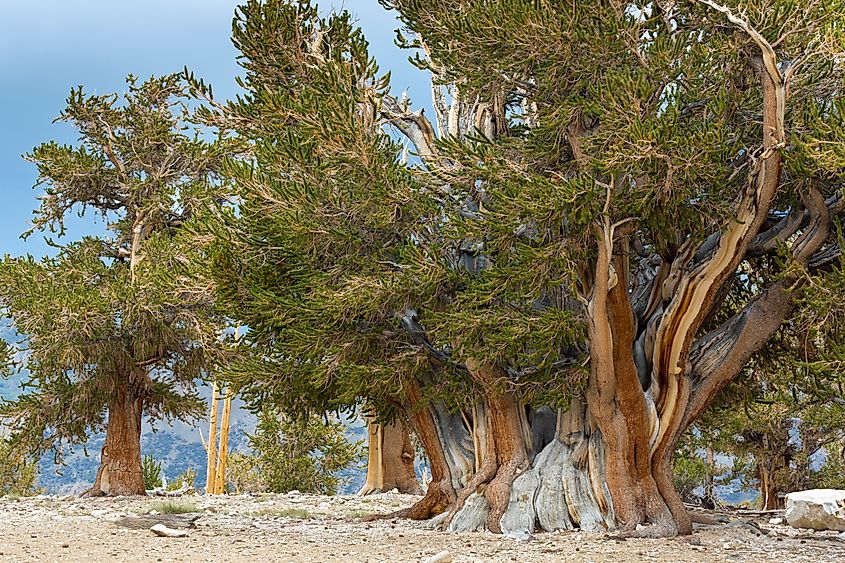
High in the White Mountains at nearly 11,000 feet sits one of Inyo’s most remarkable features: the Ancient Bristlecone Pine Forest. This otherworldly grove is home to the oldest non-clonal living trees on the planet. One of them, known as “Methuselah,” is over 4,800 years old. Another bristlecone, discovered in 2013 and not publicly named, is believed to be even older.
These trees survive harsh, dry, wind-swept conditions by growing very slowly and selectively allocating resources. Their gnarled, twisted forms seem sculpted by time itself. Visitors can explore the forest along well-marked trails, including the Schulman Grove and Patriarch Grove, which offer interpretive signage and sweeping views of the Great Basin.
Mountains, Wilderness, and Miles of Solitude
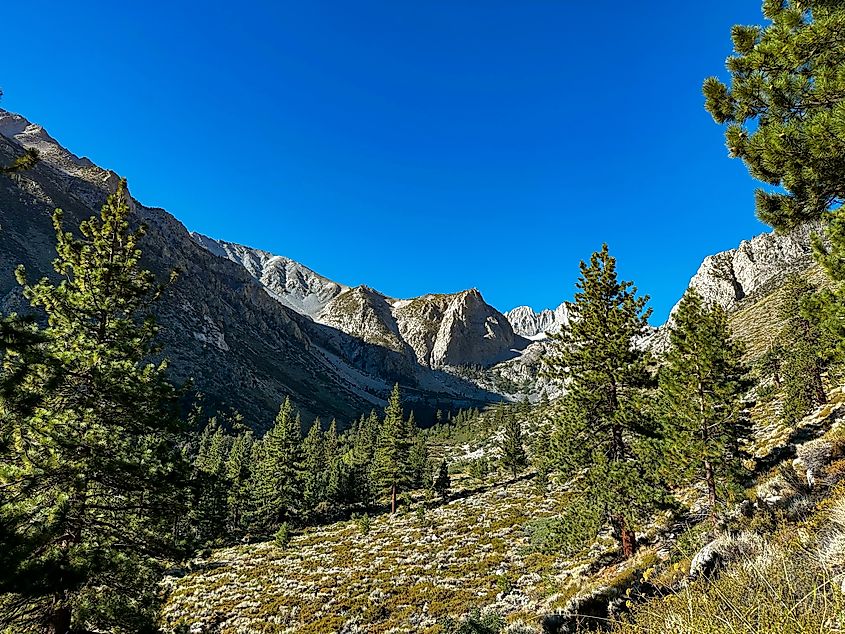
Inyo National Forest contains nine federally designated wilderness areas, totaling over 800,000 acres of protected land. These wilderness zones include some of the most iconic backcountry in the Sierra Nevada, including the John Muir Wilderness, the Ansel Adams Wilderness, and the Boundary Peak Wilderness.
The John Muir Wilderness borders Sequoia and Kings Canyon National Parks and includes a section of the Sierra Crest, a granite backbone of mountains that’s beloved by backpackers and climbers. The Ansel Adams Wilderness in the northern part of the forest connects with Yosemite National Park, creating a nearly unbroken corridor of protected alpine terrain. Combined, these areas form a contiguous wilderness stretching more than 1.5 million acres.
In addition to wilderness hiking, Inyo is a popular destination for rock climbing, fishing, cross-country skiing, and wildlife viewing. The elevation and terrain make it an ideal location for mountaineers preparing for high-altitude expeditions.
Popular Destinations in Inyo National Forest
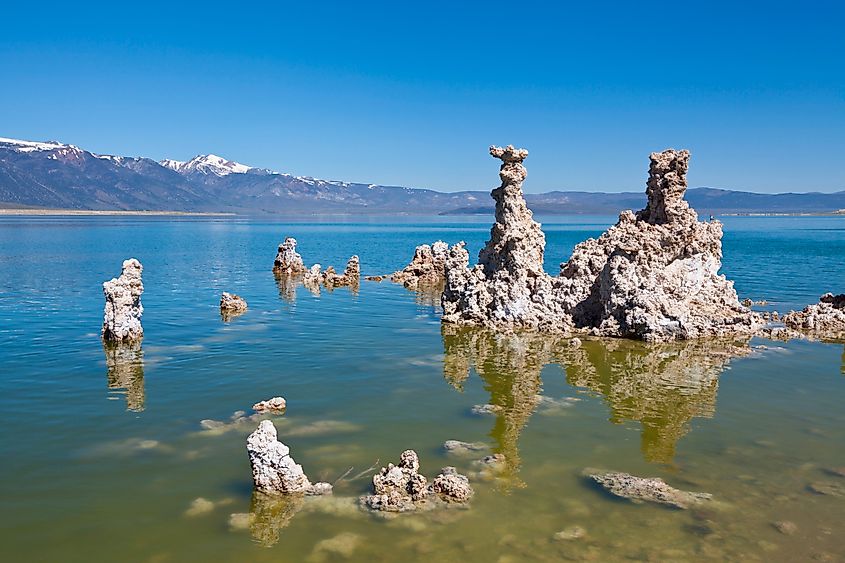
From alpine lakes to bizarre volcanic features, Inyo National Forest offers a diverse range of attractions for every kind of outdoor enthusiast. Here are some of the top places to explore:
Mount Whitney
The tallest mountain in the lower 48 states rises from Inyo’s southern edge. The Mount Whitney Trail is a strenuous 22-mile round trip that draws hikers from across the world. Permits are required and issued by lottery due to high demand. The summit rewards climbers with sweeping views of the Sierra, Owens Valley, and beyond.
Mono Lake
Located just outside Yosemite’s eastern entrance, Mono Lake is an ancient saline lake famous for its eerie tufa towers. These calcium-carbonate spires rise from the water like sculptures. The lake also supports millions of migratory birds, making it a hotspot for birdwatching and photography.
Convict Lake
Set against a dramatic mountain backdrop, Convict Lake is one of the most photogenic locations in the Eastern Sierra. Known for its crystal-clear waters and easy shoreline trail, it’s a favorite for fishing, kayaking, and picnicking.
Mammoth Lakes and June Lake
These adjacent resort areas offer year-round recreation. In the summer, the lakes provide a perfect setting for boating, hiking, and mountain biking. In the winter, Mammoth Mountain becomes a top skiing and snowboarding destination. The surrounding forest offers plenty of campgrounds and access to wilderness trails.
Mono-Inyo Craters
A chain of volcanic domes and craters spans the Long Valley Caldera, including features like Obsidian Dome and Panum Crater. These recent volcanic formations date back less than 1,000 years and can be explored on foot. Their unique geology provides insight into the region’s turbulent seismic past.
Ancient Bristlecone Pine Forest
This high-elevation forest is a must-see. The Visitor Center at Schulman Grove provides context on the bristlecones' longevity and biology, while the trails through the grove allow for up-close encounters with these remarkable trees. The Patriarch Grove, accessible via a rough dirt road, contains the largest known bristlecone pine.
Tioga Pass and Tioga Lake
Serving as the eastern gateway to Yosemite National Park, Tioga Pass reaches over 9,900 feet in elevation. Just outside the entrance, Tioga Lake is a serene alpine spot perfect for a quick hike or a scenic picnic.
Filming Location for Hollywood and Beyond
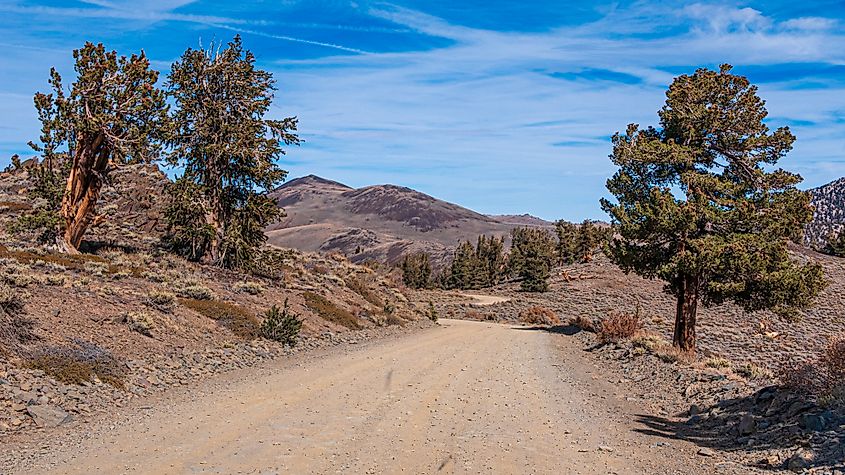
The unique terrain and dramatic scenery of Inyo National Forest have made it a favorite location for filmmakers. Westerns like Ride the High Country and Nevada Smith were shot here, along with Clint Eastwood classics such as High Plains Drifter. Even Star Trek: Insurrection used the forest’s alien-like backdrops for planetary scenes.
BBC’s Walking with Monsters also filmed in the area, highlighting the forest’s ability to portray prehistoric landscapes.
Old-Growth Forests and Ecology
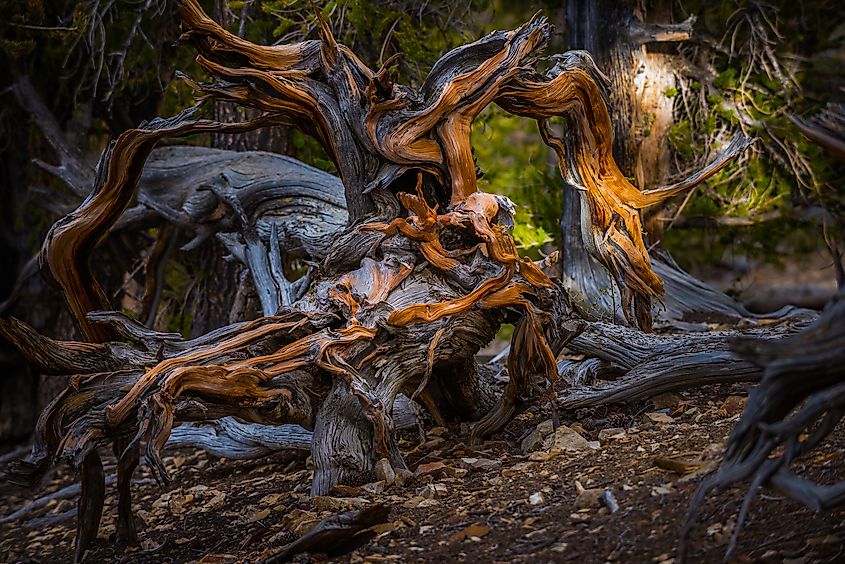
Despite its name, Inyo National Forest is sparsely wooded in many areas. However, it still contains around 238,000 acres of old-growth forest. Lodgepole pine and Jeffrey pine are the most dominant tree species. The high elevation, dry climate, and volcanic soil combine to create a distinct ecological profile that differs sharply from the lush forests of the Pacific Northwest.
Wildlife in the forest includes black bears, mule deer, Sierra Nevada bighorn sheep, coyotes, and a variety of bird species. The diversity of habitats, from desert scrub to alpine meadows, supports a wide range of plant and animal life.
Planning Your Visit
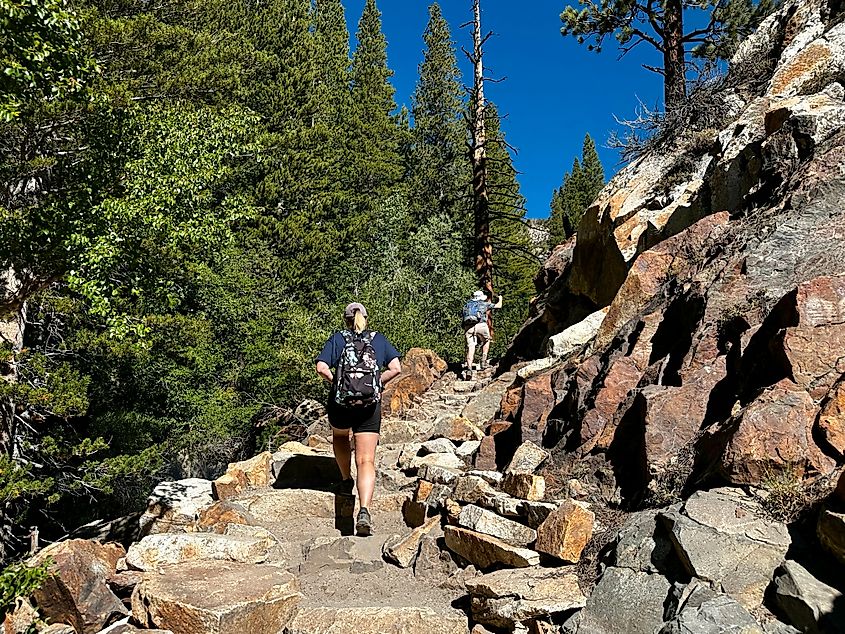
The forest is open year-round, although some high-elevation areas are inaccessible during winter due to snow. Summer and early fall are ideal times for hiking, camping, and scenic drives. Visitor centers in Bishop and Mammoth Lakes provide maps, permits, and up-to-date conditions.
Some trails and campgrounds require reservations or wilderness permits, especially during peak months. Because of the elevation, weather can change quickly, and altitude sickness is a concern for those not acclimated to heights above 8,000 feet.
A Land of Extremes and Serenity
Inyo National Forest offers a rare combination of stark beauty, high elevation adventure, and deep history. It is a land shaped by water politics, fire, and geological upheaval. Yet it remains one of California’s most underrated destinations for outdoor recreation.
Whether you are scaling Mount Whitney, wandering through groves of trees older than the Pyramids, or floating on the calm waters of Mono Lake, Inyo National Forest delivers a kind of grandeur that feels almost otherworldly. The forest may not be densely wooded, but it is rich in character, solitude, and awe-inspiring sights.
